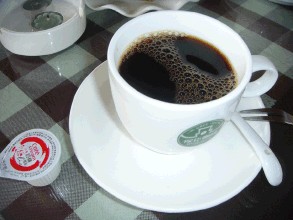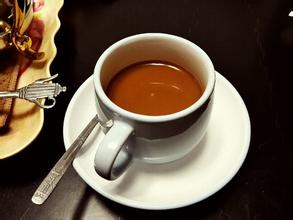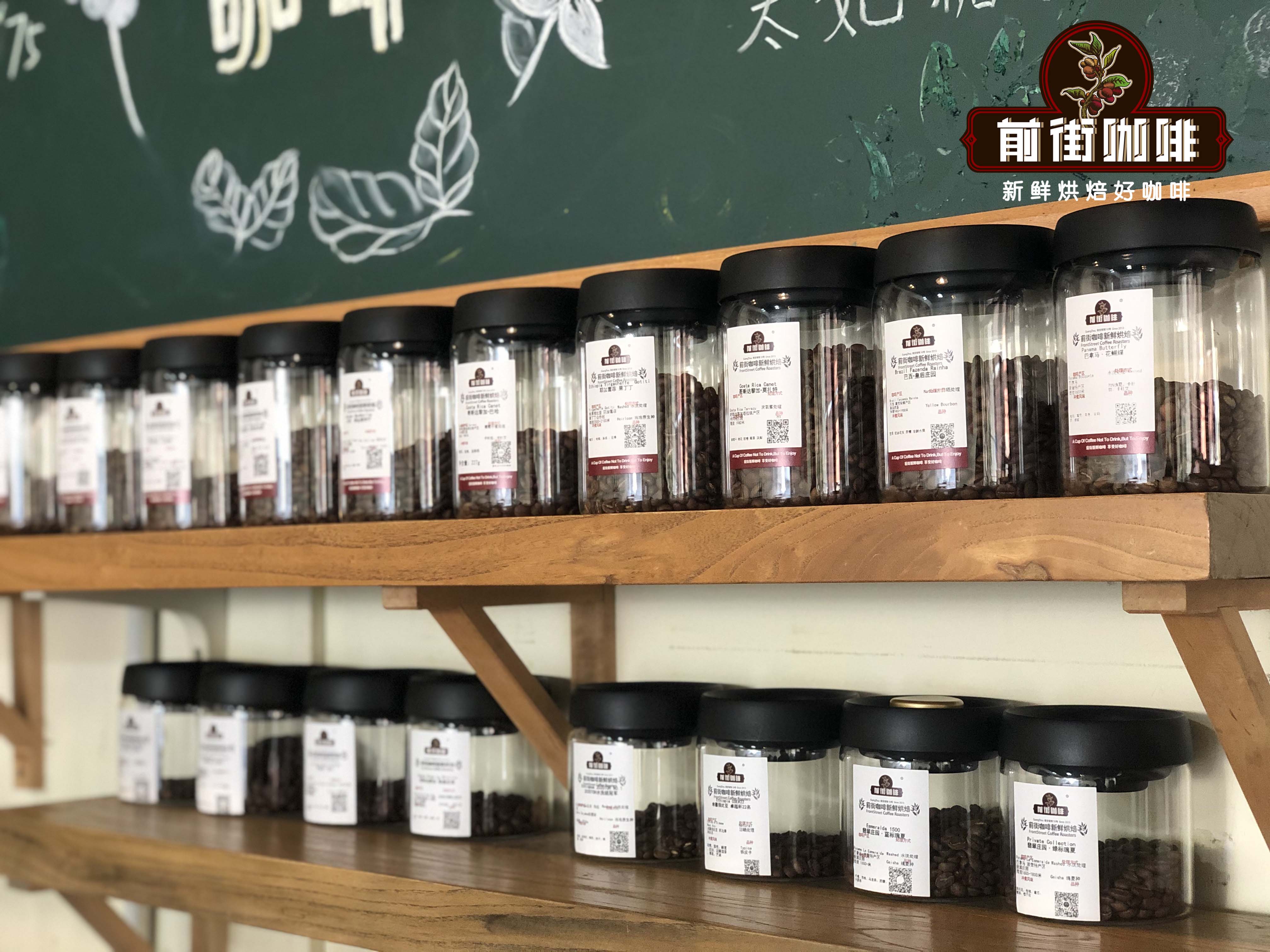Taste and Flavor description of Honduran Coffee quality characteristics introduction of grinding degree in producing area
Boutique coffee beans
Characteristics of boutique coffee beans
1. Boutique coffee beans must be high-quality beans with flawless beans. It should have an outstanding flavor, not "no bad taste", but "taste particularly good".
two。 Boutique coffee beans must be excellent varieties, such as the original bourbon species, mocha species and Tippica species. The coffee beans produced by these trees have unique aroma and flavor, which is far from that of other tree species, but the relative yield is low. in recent years, in order to pursue the ability of disease and insect resistance and increase the yield, there have been many improved tree species, such as Kenya to promote a large number of high-yield rurial11 species, but the taste and quality are greatly reduced. Of course, you can't call it "boutique coffee".
3. The growth environment of boutique coffee beans also has higher requirements. Generally grow at an altitude of 1500 meters or even more than 2000 meters above sea level, with appropriate precipitation, sunshine, temperature and soil conditions. Some world-famous coffee beans also have a special geographical environment, such as the alpine clouds in the Blue Mountains, the free shade provided by Kona's afternoon "Flying Cloud", and the volcanic ash soil in Antigua, which provide conditions for the growth of boutique coffee.
4. The best way to harvest high-quality coffee beans is to harvest them manually. That is, only mature coffee fruits are picked to prevent coffee fruits with inconsistent maturity from being picked at the same time. Because those unripe and overripe fruits will affect the balance and stability of coffee taste, boutique coffee needs to be picked frequently and carefully during harvest.
5. High-quality coffee beans are refined by water treatment. The coffee beans with less impurities can be obtained by the water washing method, but if the water quality and time are not properly controlled during the fermentation process, the coffee beans will easily be infected with the sour taste of excessive fermentation. and dry beans also need to pay attention to timely re-inspection to prevent coffee beans from being contaminated by wet ground and sundries. Processed beans should be dried in time, and the drying should also have a certain degree. Generally, the moisture content of processed beans is 11% 13%. Insufficient drying can easily make beans moldy, and excessive drying can easily affect the flavor of beans.
6. Boutique coffee has a strict grading system. In general, raw beans are preserved as "parchment coffee beans" in the form of endocarp after processing, and the endocarp is removed before export. Go through a strict grading process to ensure the uniformity of quality. And its preservation and transportation in the process of protection is very important, such as temperature and humidity control, ventilation control, avoid odor adsorption and so on, if these do not do well, then no matter how high-grade beans will no longer become fine. Yejassefi's coffee trees were planted by European monks (a bit like Belgian monks growing wheat to brew beer) and were later transferred to farmers or cooperatives. Yejia Chuefei is actually constructed by surrounding coffee communities or cooperatives, including Edido Idido, Hafusa Harfusa, Hama Hama and Biloya near Fog Valley Misty valley, all washed with water, but there are also a small number of off-product beans engraved with sun to enhance the charming fruit aroma and mellow thickness. These mountain villages are foggy, like spring all year round, with a gentle breeze in summer, cool but not hot, rain but not damp, and no cold damage in winter, giving birth to a unique regional flavor of citrus and flowers. Coffee trees are mostly planted in farmers' own backyard or mixed with other crops in the field, the yield per household is not much, it is a typical rural coffee. Yega Xuefei won the prize beans almost from the above-mentioned coffee villages and communities.
The so-called "Yega Chuefei" refers to the strong aromas of jasmine, lemon or lime acid, as well as peach, almond or tea. On the other hand, the smell of dried blueberries is particularly prominent this season, and the room is full of blueberries after grinding.

Important Notice :
前街咖啡 FrontStreet Coffee has moved to new addredd:
FrontStreet Coffee Address: 315,Donghua East Road,GuangZhou
Tel:020 38364473
- Prev

Sun-cured Sidama Coffee Bean Flavor Description Processing Method Quality Characteristics Grinding Scale Introduction of Production Area
Korate was introduced to the sun with a score of 91.9 points. The overall flavor is similar to Amaro Gayo, the first prize in last year's limited edition sun. Dry, ground aromas are dominated by sweet blueberry aromas, with rising floral and cinnamon notes, wet aromas and perhaps a hint of peach.
- Next

Sidamo Coffee 7.0 Features Grade Sidamo Coffee 7.0 Flavor Description
Sidamo Coffee Flavor Description Sidamo Coffee Flavor Description Sidamo Coffee Flavor Balance, high sweetness, its body is also higher than Yega Shefi, especially in the sun pulp fermentation process similar to red wine acidity and sweetness, coupled with the original cocoa bitter coffee, so that a batch of Sidamo will have a wine-like intoxicating chocolate
Related
- Detailed explanation of Jadeite planting Land in Panamanian Jadeite Manor introduction to the grading system of Jadeite competitive bidding, Red bid, Green bid and Rose Summer
- Story of Coffee planting in Brenka region of Costa Rica Stonehenge Manor anaerobic heavy honey treatment of flavor mouth
- What's on the barrel of Blue Mountain Coffee beans?
- Can American coffee also pull flowers? How to use hot American style to pull out a good-looking pattern?
- Can you make a cold extract with coffee beans? What is the right proportion for cold-extracted coffee formula?
- Indonesian PWN Gold Mandrine Coffee Origin Features Flavor How to Chong? Mandolin coffee is American.
- A brief introduction to the flavor characteristics of Brazilian yellow bourbon coffee beans
- What is the effect of different water quality on the flavor of cold-extracted coffee? What kind of water is best for brewing coffee?
- Why do you think of Rose Summer whenever you mention Panamanian coffee?
- Introduction to the characteristics of authentic blue mountain coffee bean producing areas? What is the CIB Coffee Authority in Jamaica?

